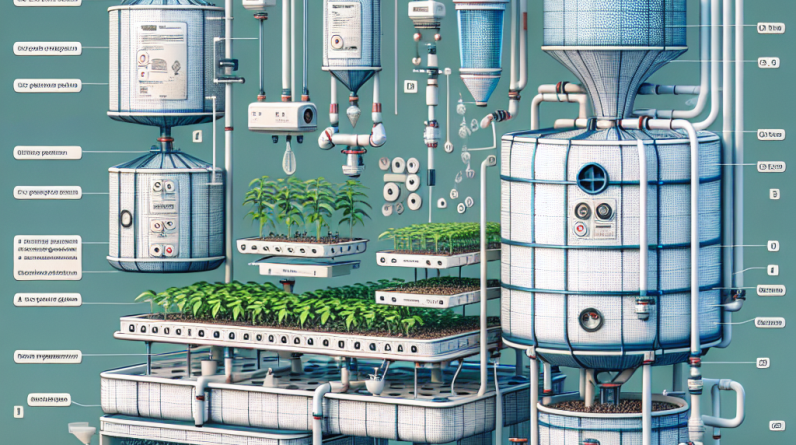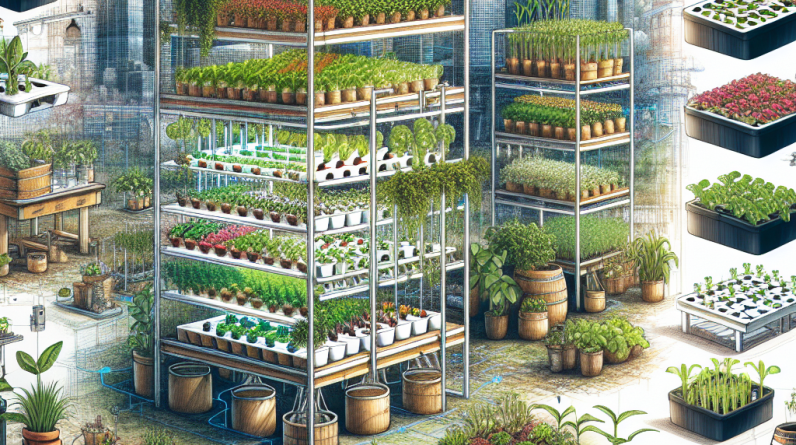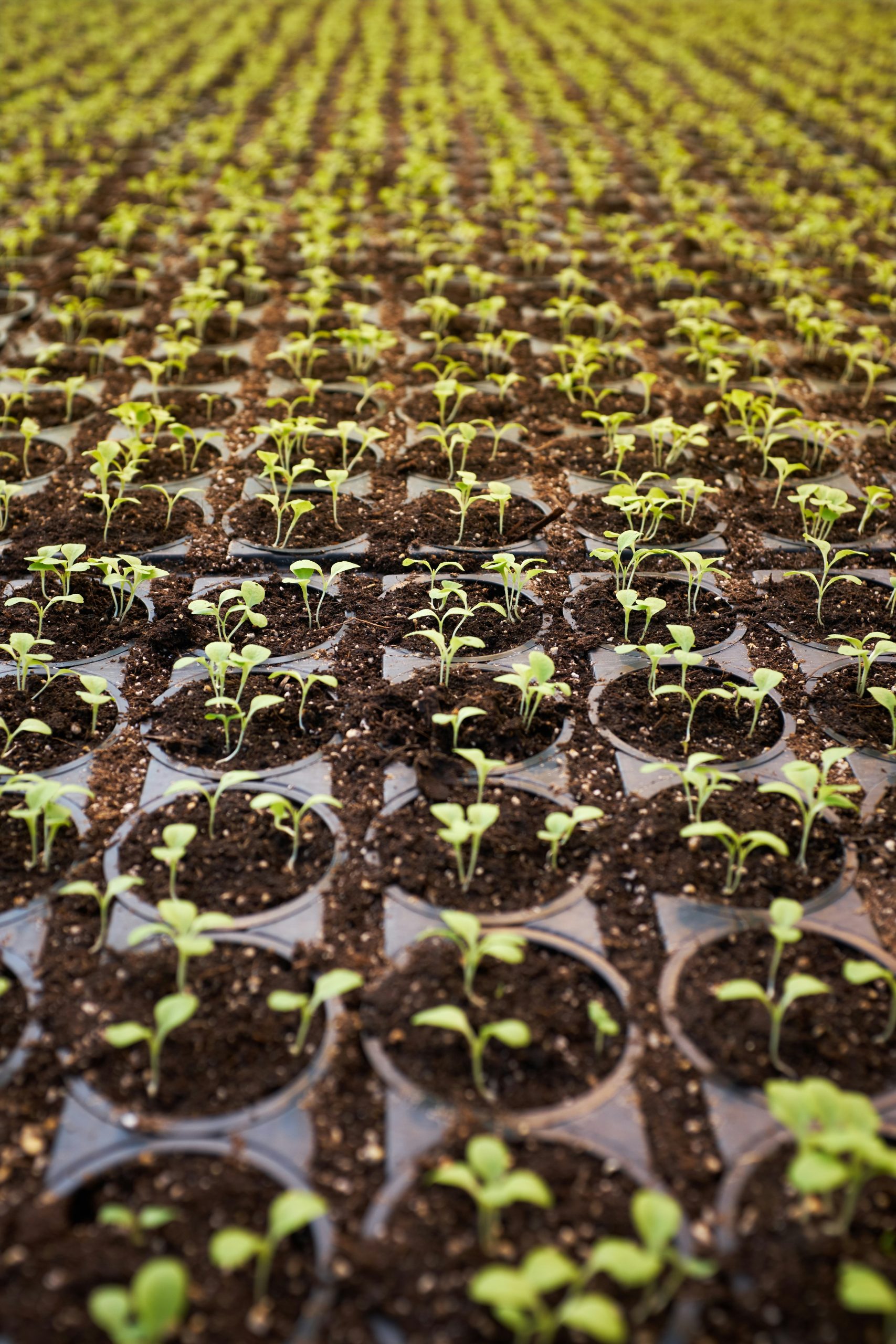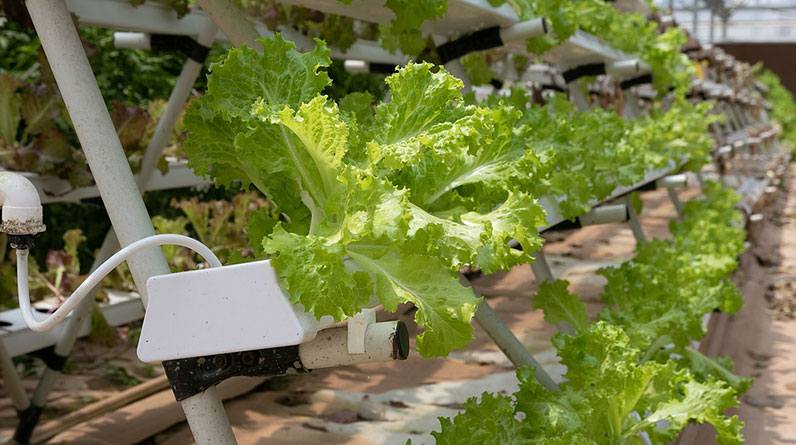
Choosing the Right Hydroponic System Type
Understanding the Basics
Right off the bat, when I first decided to dive into hydroponics, I had to get a grip on the different types of systems. It’s not just about growing plants without soil; there are various methods, each with its own quirks. You’ve got deep water culture, nutrient film technique, and aeroponics—just to name a few. Each method has its fans and its unique benefits, so it’s worth spending some time figuring out which one aligns best with your goals.
For educational purposes, I found that the Deep Water Culture (DWC) system was a fantastic entry point. It’s simple to set up and allows for easy observation of plant growth. I remember the first time I watched roots submerged in nutrient-rich water—it was a mesmerizing sight! With DWC, you can easily demonstrate plant growth and the effects of nutrients on health and yield.
However, your choice should reflect the kind of lesson you want to teach. If your students are more tech-savvy, aeroponic systems might excite them with their high-tech approach. Think about your audience, the level of engagement you want, and pick a system that will keep everyone involved and excited.
Gathering the Necessary Materials
What You’ll Need
This step is crucial, and it can feel a bit daunting. When I was gathering materials, I made a checklist to ensure I didn’t overlook anything. You’ll need a storage container, planting baskets, hydroponic nutrients, and something for your plants to grow in—like coconut coir or rock wool. I scoured local gardening stores and online shops, and trust me, having a solid plan made it much easier.
One material I particularly loved was the net pots—they’re lightweight and perfect for holding plants while letting roots dangle into the nutrient solution. And speaking of nutrients, don’t skimp here! Researching and buying good quality nutrients made a noticeable difference in my plants’ growth.
Once you’ve got your materials, try to lay them out before setting everything up. This little prep work made my first-time experience a lot smoother, as I could visualize where everything should go. Plus, your students will appreciate a well-organized workspace!
Setting Up Your Hydroponic System
Building It Right
No pressure, right? But setting up the system can be a bit tricky if you don’t follow the guidelines. I remember my first attempt—let’s just say it took a little trial and error! Start by filling your reservoir with water and adding the nutrient solution, ensuring it’s well-mixed. I always recommend starting with half strength to avoid shocking your young plants.
Next, if you’re working with a DWC system, carefully place your seedlings in the net pots with your growing medium. It’s crucial to ensure the roots can reach the solution, as that’s where the magic happens! The first time I saw those roots thriving, I was beyond excited.
Don’t forget to check the pH level; it can really impact your plants’ ability to absorb nutrients. Trust me, I learned this the hard way! Keeping the pH in check will keep your garden happy and thriving.
Monitoring Plant Growth and Health
Daily Care and Checks
This is where your patience will be tested. Monitoring your hydroponic system is essential, and it’s something you’ll want to make a habit. I made it a point to check my nutrient levels and the pH every day. This routine, while sometimes tedious, became surprisingly satisfying as I watched my plants grow over time!
Look out for any signs of nutrient deficiencies or pests as well. I learned to keep a close eye on leaf discoloration, as it can be a quick indicator that something is off. Sometimes, all it takes is a little adjustment in nutrient balance or water level to turn things around. Being attentive during this phase can save you a lot of trouble.
Plus, inviting others to observe the process can be super beneficial. Discussing what works and what doesn’t with students or friends can create this awesome learning environment where everyone adds their two cents. It’s incredible how much everyone can learn from small observations.
Harvesting and Enjoying the Fruits of Your Labor
The Rewarding Moment
Okay, let’s get to the fun part—harvesting! There’s nothing quite like the thrill of seeing your plants grow from tiny seeds into lush greenery. When I finally harvested my first batch of lettuce and herbs, I felt like a proud parent!
Make sure to educate everyone involved on how and when to harvest properly; cutting at the right time ensures that plants will continue to thrive and produce more. I found that taking a step back to observe the growth cycle helped explain to my students the full journey of the plant.
Lastly, make the harvest a celebration! Use your freshly grown produce in a salad or dish. Sharing the fruits of your labor (pun totally intended) gets everyone excited about the entire process and highlights the benefits of hydroponics practically. Plus, it’s an excellent way for your students to appreciate their hard work!
FAQ
What is hydroponics?
Hydroponics is a method of growing plants without soil, using nutrient-rich water instead. It allows for faster growth and can be done indoors or outdoors.
Can I start a hydroponic system at home?
Absolutely! Many people set up small hydroponic systems at home for personal use. It’s a fun and rewarding hobby!
How much water do I need for a hydroponic system?
The amount of water depends on the type of system you choose. Generally, maintaining a consistent water level without over-filling is crucial.
Do I need special nutrients for hydroponics?
Yes, hydroponic systems require a specific mix of nutrients to support growth since plants aren’t absorbing anything from soil. Make sure to choose a hydroponic nutrient solution.
Is hydroponics suitable for all plants?
Not all plants thrive in hydroponic systems. Leafy greens and herbs tend to do very well, while root vegetables might need special care. It’s important to choose plants suited for hydroponics!







